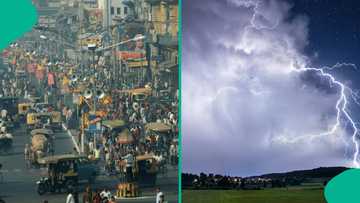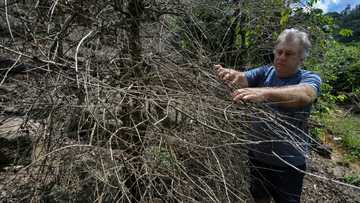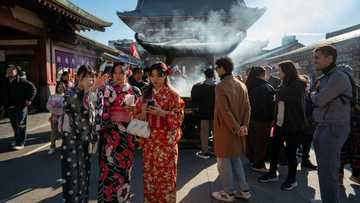Vegetation zones in Nigeria and their states: detailed 2024 breakdown
There are various vegetation zones in Nigeria, all determined by the prevailing climatic conditions across different parts of the country. These zones have varying annual rainfall, temperature, atmospheric pressure, and predominant vegetation. Some zones are significantly larger than others, with some being more human-friendly.
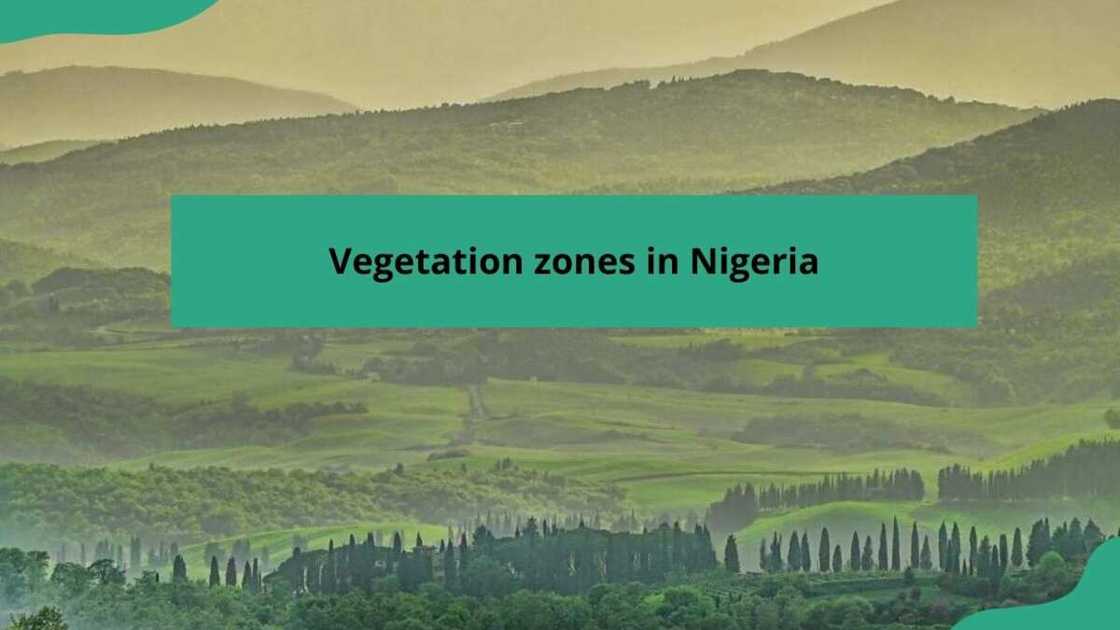
Source: UGC
The vegetation belt in Nigeria is divided into two: the forest and savannah ecological zones. These zones are further subdivided into three each, for a total of six vegetation zones.
Vegetation zones in Nigeria and their states
Here is a look at the different Nigerian vegetation zones and their characteristics.
1. Sahel Savannah
This is a semiarid region that extends from Senegal eastward to Sudan. It forms a transitional zone between the belt of humid savannas to the south and the predominantly arid Sahara desert to the north. This zone is characterized by a short rainy season and a long, intensely dry season.
One of the defining characteristics of the Sahel Savanna in Nigeria is its low precipitation. The annual rainfall in this zone is extremely poor, with the wet season lasting three to four months.
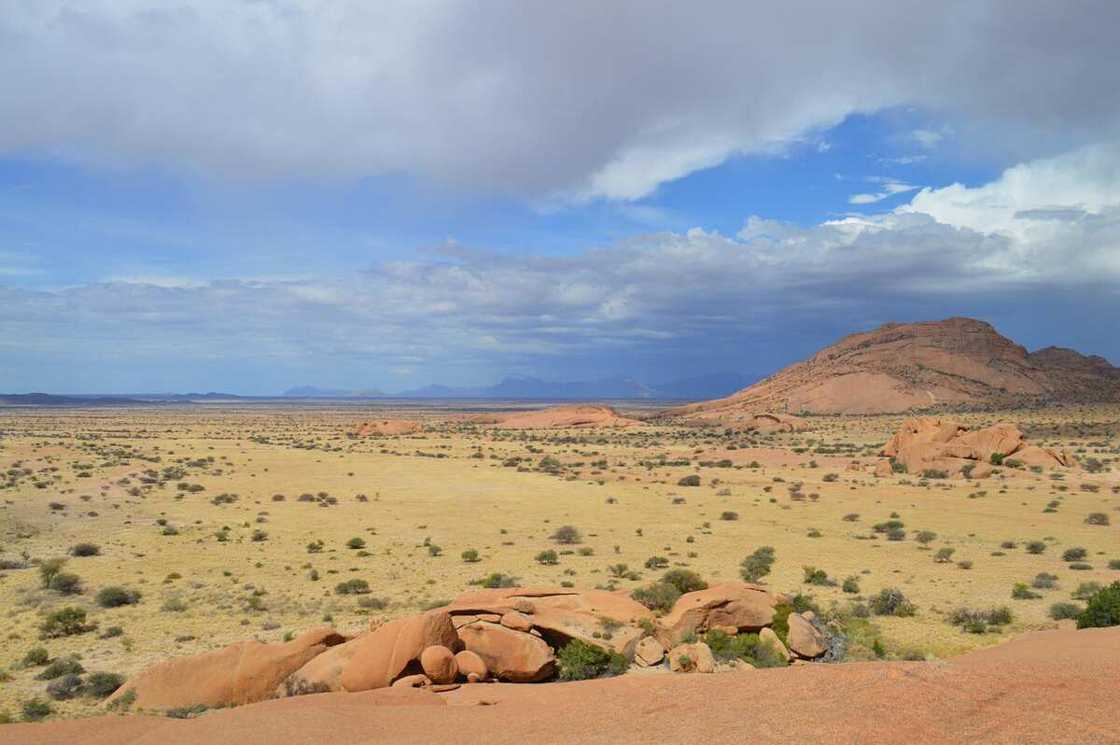
Source: UGC
As a result, the vegetation of the Sahel zone is largely comprised of short, hardy grasses. Other common plants include the African myrrh, Acacia, and Ngibbi. The states of Borno and Yobe are in this vegetation zone.
2. Sudan Savannah
The Sudan Savannah is a wide belt of tropical savanna running across Africa south of the Sahel, separated into east and west ecoregions by the Cameroon highlands.
The zone is slightly wetter than the Sahel Savannah and receives between 500 and 1000 mm of rainfall each year. The vegetation in this region includes dense but short grass, acacia trees, and baobab trees.
What economic activity is carried out at Sudan Savannah?
In Nigeria, the main economic activities in this zone include cattle and sheep rearing as well as come crop farming. The states of Jigawa, Kano, Katsina, Zamfara, Sokoto, and Kebbi are found in this zone.
3. Guinea Savannah
The Guinea savannah is the largest vegetation zone in Nigeria, covering almost half of the country's landmass. This zone is among the savanna zones in Nigeria, characterized by moist grasslands, with precipitation ranging between 1000 and 1400 mm per year.
The grass in the wild areas of this zone is quite tall, often exceeding five feet. Some of the most common savannah crops in Nigeria include elephant grass, kaya, mitragyna, and isoberlinia. The states of Niger, Kaduna, Adamawa, Bauchi, and Gombe are found in the Nigerian Guinea savannah.
4. Montane/rainforest vegetation
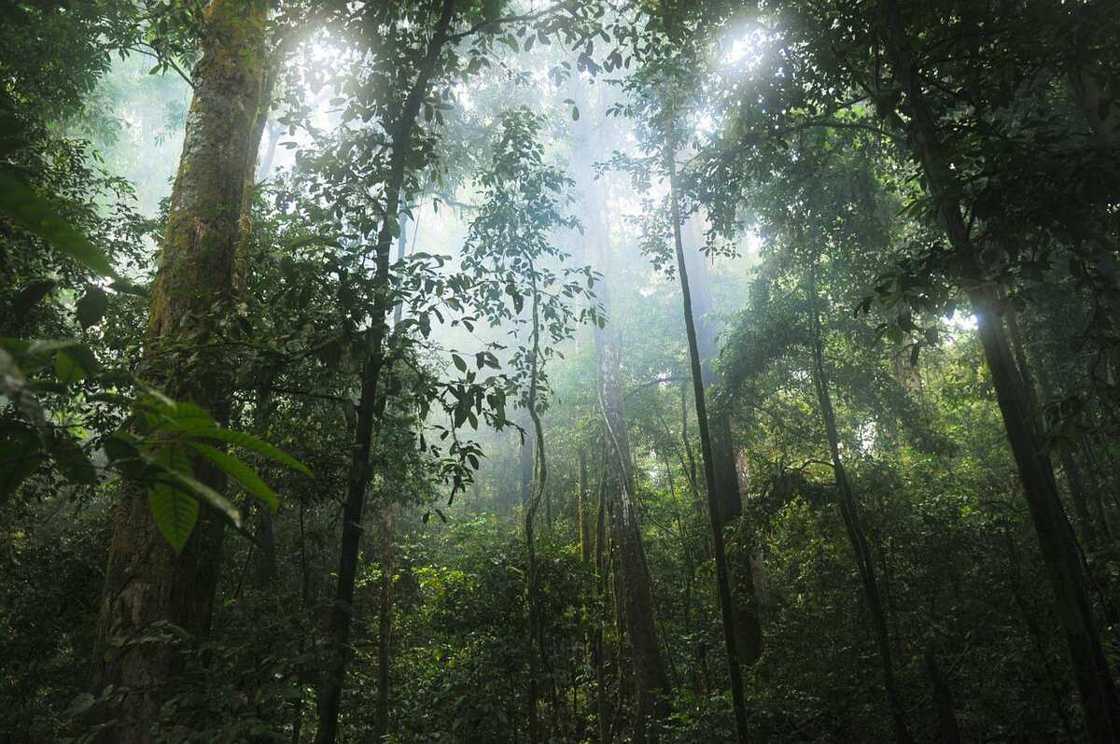
Source: UGC
The montane vegetation area in Nigeria is a region where mountainous forests are quite prevalent. This is mostly on the eastern edge of Taraba State, close to the Cameroonian border. The Jos plateau, one of the highest points in Nigeria, is located in this zone.
Montane vegetation in Nigeria is mostly found along the right bank of the lower reaches of the river Niger and in the valley of the River Cross. Trees in these rainforests can grow as tall as 45 meters and make up the largest parts of forest reserves in the country.
Much of the montane region is covered by rainforests. The gently sloping areas of this region are perfect for cash crops since the area receives sufficient rainfall throughout the year. Some sections of the montane area are also utilized by commercial cattle farmers. A section of Taraba State is in this region.
5. Mangrove swamp forest
The mangrove vegetation region is an ecological belt found in the Nigerian areas bordering the Atlantic Ocean. The vegetation in this zone largely depends on the coastal location of the region. Typically, the soil in the mangrove zone is extremely poor and contains huge amounts of salt.
Mangrove shrubs are prevalent in the salty water sections, while other plants, including human-grown rice, can be found in the stabilized, non-saline areas.
Which regions does the Mangrove swamp forest occupy?
The mangrove swamp forest region occupies much of Nigeria's southern coast. The states of Akwa-Ibom, Rivers, and Delta are partly in this region.
6. Freshwater swamp forest
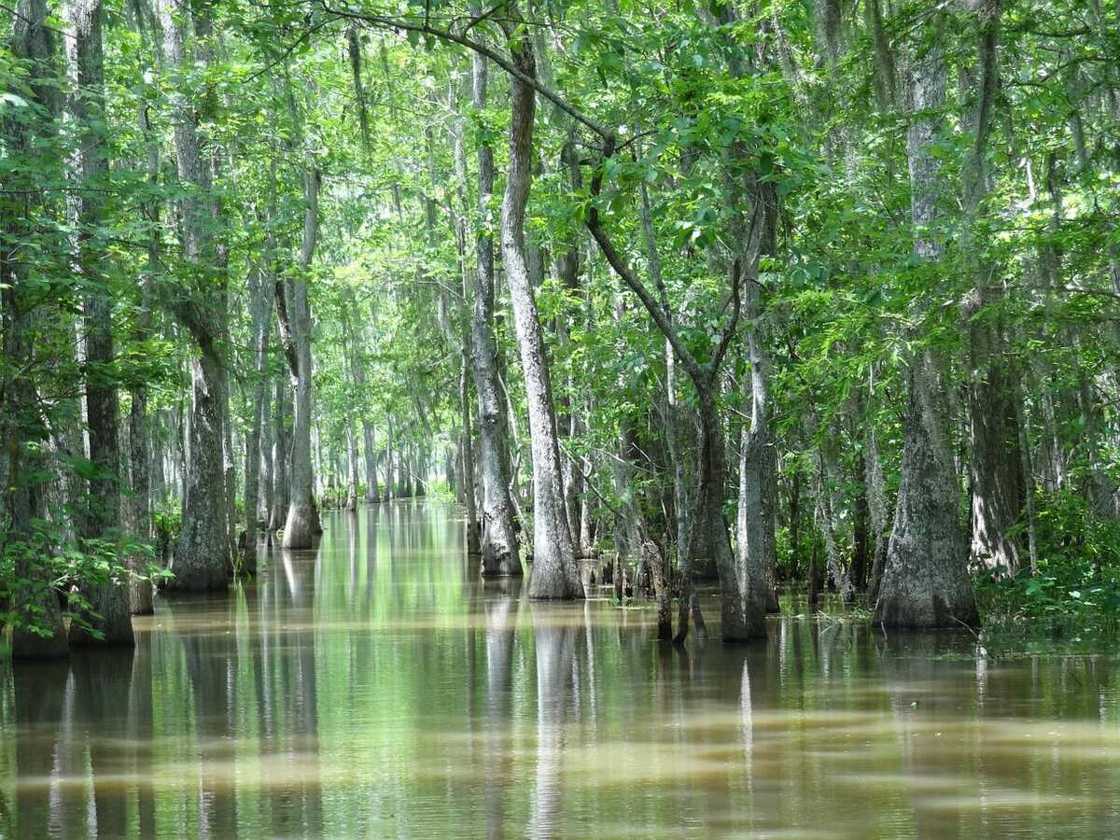
Source: UGC
A freshwater swamp forest is defined as a forest that is inundated with freshwater as a permanent, irregular, or seasonal condition. These forests are mainly found on the lower parts of a river or freshwater lakes in many different regions having a wide range of climate types.
The freshwater swamp forest is the smallest vegetation region in Nigeria. It occupies most of the Niger Delta, between the lowland rainforests in the north and the mangrove swamps in Iguwhich.
The Niger Delta is widely considered one of the richest ecosystems in the world. The states of Edo, Lagos and Cross River are partly in this ecological region.
How many vegetation zones are there in Nigeria?
There are six vegetation zones in Nigeria. The six are split from the broader savannah and forest ecological regions.
What are the locations of the main vegetation zones in Nigeria?
The ecological zones in Nigeria are as follows, from south to north: Mangrove Swamp and Coastal Vegetation, Freshwater Swamp Forest, Lowland Rain Forest, Derived Savanna, Guinea Savanna, Sudan Savanna, and Sahel Savanna.
What is the most major vegetation zone in Nigeria?
The Guinea Savannah is the largest vegetation zone in Nigeria, covering almost half of the country's landmass.
What are the types of vegetation present in Nigeria?
The major vegetation of Nigeria include:
- Sahel Savannah
- Sudan Savannah
- Guinea Savannah
- Montane/rainforest vegetation
- Mangrove swamp forest
- Freshwater swamp forest
Nigeria has six vegetation zones, each with unique definitive characteristics. These vegetation zones in Nigeria are defined by the prevalent climatic conditions in the areas they occupy, with each being suitable for different economic activities.
Legit.ng recently explored the main economic problems plaguing Nigeria. Like other middle-income countries with emerging markets, the country has witnessed gradual expansion in communication, technology, finance, manufacturing, and service sectors.
However, problems such as poor health facilities, high levels of crime, unemployment, and corruption continue to be pressing issues in the country's economy.
Source: Legit.ng

Jackline Wangare (Lifestyle writer) Jackline Simwa is a content writer at Legit.ng, where she has worked since mid-2021. She tackles diverse topics, including finance, entertainment, sports, and lifestyle. Previously, she worked at The Campanile by Kenyatta University. She has more than five years in writing. Jackline graduated with a Bachelor’s degree in Economics (2019) and a Diploma in Marketing (2015) from Kenyatta University. In 2023, Jackline finished the AFP course on Digital Investigation Techniques and Google News Initiative course in 2024. Email: simwajackie2022@gmail.com.

Adrianna Simwa (Lifestyle writer) Adrianna Simwa is a content writer at Legit.ng where she has worked since mid-2022. She has written for many periodicals on a variety of subjects, including news, celebrities, and lifestyle, for more than three years. She has worked for The Hoth, The Standard Group and Triple P Media. Adrianna graduated from Nairobi University with a Bachelor of Fine Arts (BFA) in 2020. In 2023, Simwa finished the AFP course on Digital Investigation Techniques. You can reach her through her email: adriannasimwa@gmail.com


